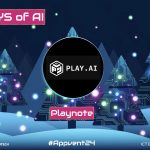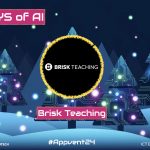January 18, 2021
As we begin 2021 I have a BIG question:
Can we estimate the damage of remote learning in education?

At a certain point in autumn I was really worried about my students, their emotional state, their inter-personal relationships and so on. So it was useful for me to stop believing in a false hope: that the pandemic would end very soon. Then I started to think of remote learning as a normal activity and not as an emergency solution and I thought about how we can improve remote learning results.
In my opinion answering the question above is not an easy task (maybe you disagree with me and you think there has been no damage at all? Please let me know) but two factors are clear: 1) my students are losing important real relationships with peers and with adults outside of their relatives and 2) negative learning results are increasing.
So I decided to shift my perspective: I needed a new model of remote learning. I asked myself: what am I losing as a result of remote learning? And my students? And how can we improve remote learning results? Having considered these questions I think that the biggest loss was the possibility to react instantaneously to their collaborative work during class time and I suppose for my students their biggest loss was the possibility to make mistakes one-to-one with me and their peers. In other words: there is a lack of REASONING base exposition. I need something immediate to react to and all students need the same. We need to evaluate their social and emotional reactions instantaneously. How can we remotely build some of the natural interaction that we benefit positively from in class?
Conclusion: we need to develop a new paradigm of learning for recovering reasoning evidence in remote learning.
Another key finding was that results improved when creativity was involved in the learning process.
















0 Comments